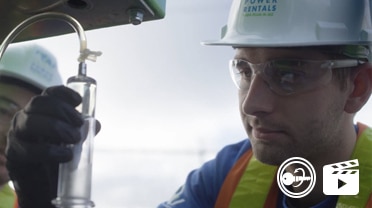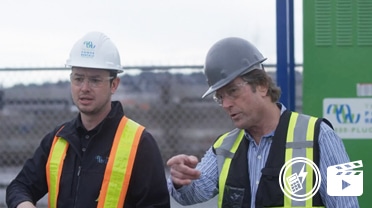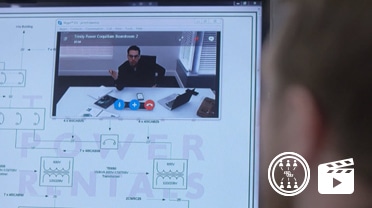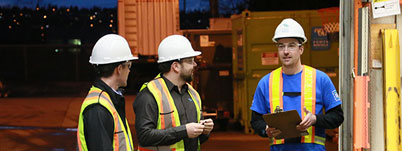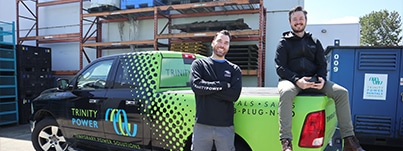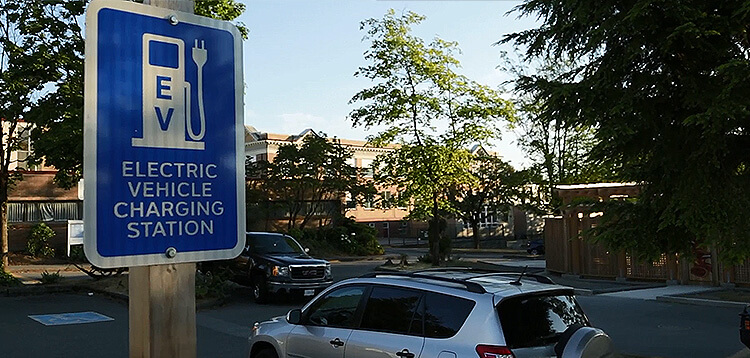- OUR APPROACH
-
COMMITTED TO YOUR SUCCESS
Our approach, developed over decades of experience, is fine-tuned to get the results you want.
We deliver concept-to-completion solutions, designed by temporary power specialists with access to the largest inventory of high-quality power generation and distribution equipment in North America.
-
- Equipment
-
RENTALS
From a wide range of diesel and natural gas generators to transformers, cable, light towers and more, our large rental fleet and extensive vendor network ensure we’ll have the temporary power equipment that your project requires — every time.
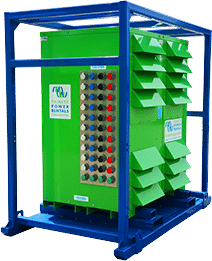
-
- Industries
-
INDUSTRIES WE SERVE
For nearly 20 years, we have been at work powering projects across Canada’s industrial sectors.
Select from this sampling of industries to learn how we can put our expertise to work for you.
VIEW ALL- Projects
- About
-
A PROUD HISTORY. A BRIGHT FUTURE.
From our inception in 1998, we have been building our team on a foundation of excellence. Our team members’ passion, expertise and commitment are what have allowed us to grow into a national company with projects across Canada.
Click on the links to learn more about our history, our team or our career opportunities.
- Blog
- Contact
-
Workforce housing is responding to the market as companies look to recruit and retain drillers, miners, electricians, engineers and other skilled tradesmen. And with economic uncertainty in verticals such as oil and gas, there’s increasing pressure to create housing projects which aren’t just worker-friendly, but cost-effective.
The Realities of Long-Distance Residence
According to the Canadian Center for Occupational Health and Safety (CCOHS) shift work can play havoc with the body’s natural rhythms and result in everything from sleep deprivation to gastrointestinal distress or cardiovascular issues. Despite these concerns, however, most camp-based operations run 24 hours a day, seven days a week and require personnel to work rotating shifts, often two weeks “in” which swap 12 hour days with 12 hour nights halfway through or sets of four-on-four-off where workers complete two day shifts, immediately turn around for two night shifts and then take four days off. And while it’s not possible to change the nature of natural resource work, it is possible to make workers as comfortable as possible when they’re not working to limit the possibilities of injury or illness. The result? Organizations are changing the way they look at workforce housing.
Consider the recent announcement of ATCO’s successful bid to build the Site C Clean Energy Project housing facility, a 1600 person workforce housing facility in northeastern British Columbia. As noted by Reuters, the new lodge will include a multi-faith center, 100-person movie theater and gymnasium with both running track and weight room.
Current and Future Accommodations
So what do current housing projects look like? Britco’s Jackfish Lodge in northern Alberta is a good example: It features private bedroom and bathrooms along with high-end, hotel-quality finishes in addition to a games room that offers pool tables, poker, video games and pinball. The idea is to create a sense of “home-away-from-home” that both encourages employee loyalty and jump-starts productivity. Black Diamond, meanwhile, was clearly thinking ahead with its Sunday Creek project which includes a self-contained water treatment plant able to provide on-site fresh water to the entire camp.
But what else is on the horizon? Speedy satellite Internet is rapidly becoming the expectation rather than the exception, and high-quality food prepared by Red Seal certified chefs is replacing the bland, high-calorie fare of decades past. Looking further down the line, however, it’s possible to speculate about more sweeping advancements such as the use of solar and other renewable energy technologies to offset power consumption and lower environment impact. And when it comes to more fundamental changes, expect to see a rise in automation technology such as Command and Control Suite, which is able to “lower operational costs, minimize risk and reduce downtime” in large facilities by providing a holistic view of any connected building’s video feeds, access controls and fire alarms.
Moving ten or fifteen years down the line, expect to see not only a trend toward more hotel-like structures but those which can be easily dismantled or re purposed when mines are empty or oil sands drained. As the new Site C project suggests, the goal of workforce housing suppliers is shifting from speed to sustainability as employees demand improved amenities and providers look for ways to encourage loyalty while still meeting production goals. Put simply, workforce housing technology is driving a revolution in camp identity; no longer outsiders in their environment, camps are becoming true communities.
Related Articles
Subscribe for access to exclusive content


